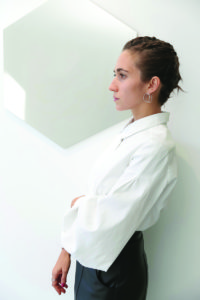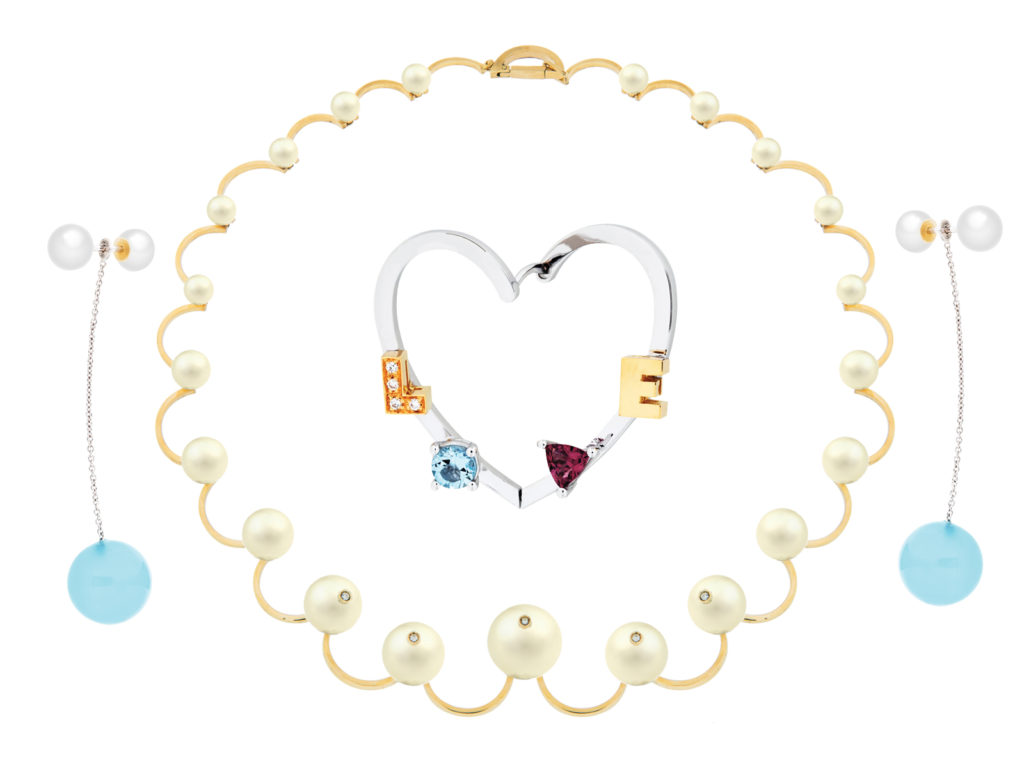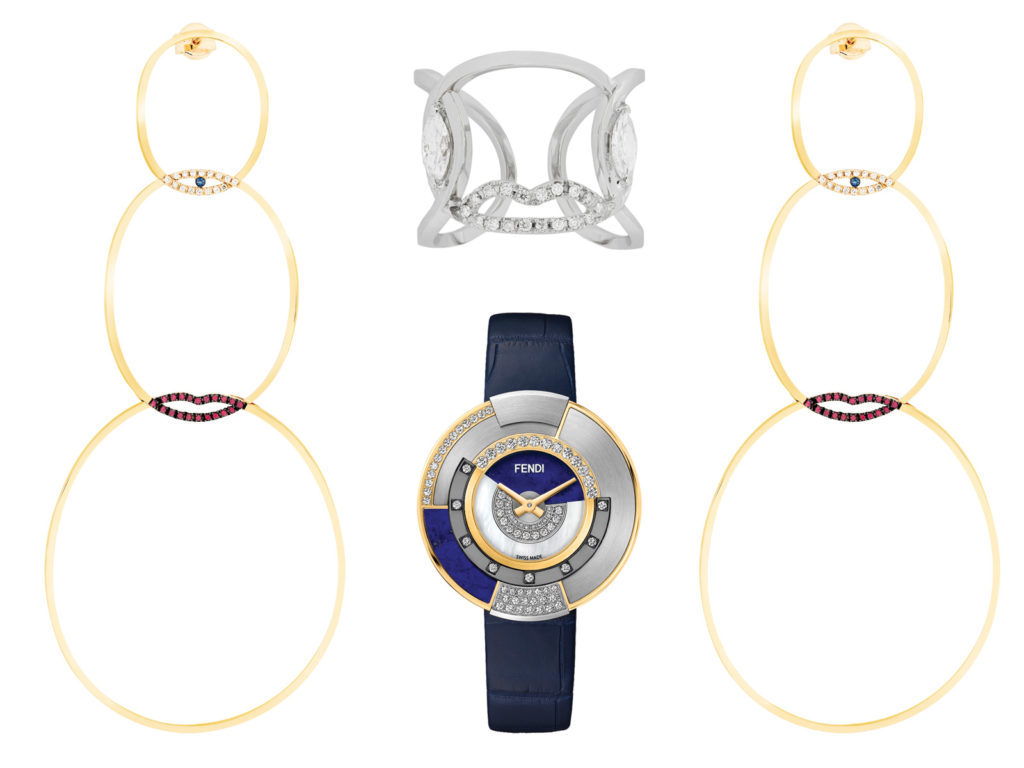
Jewellery designer Delfina Delettrez is a striking beauty, and her presence instantly draws you in—there’s knowledge and depth behind her gaze. Delettrez, the daughter of Silvia Venturini Fendi (head of accessories for the storied Italian brand), is also supremely talented: the jewellery designer’s surreal creations are modern keepsakes, comparable to the likes of Verdura and Elsa Schiaparelli. There’s nothing fast about Delettrez’s approach to jewellery design; she’s on the pulse of what collectors covet without subscribing to what they think they want in the moment. Her independent soul is present throughout all of her namesake designs and every piece is a genuine extension of her artisan spirit. On the eve of the 10th anniversary of her line, Delettrez spoke about her surrealistic aesthetic, the importance of craftsmanship, and her almost spiritual attachment to jewels.
 You come from a very creative family. Who did you look up to creatively in your formative years?
You come from a very creative family. Who did you look up to creatively in your formative years?
“I was raised on bread and fashion. I was encouraged by the enormous dose of freedom to experimenting with my style and aesthetic. I was a great observer, I wasn’t taught with words, but with examples. I had incredible strong, independent, creative women as teachers. They were all so busy, but also so open to having all generations taking part together in the creative process to develop a design or idea.”
What sparked your interest in jewellery design?
“I was never a jewellery person. I was, of course, surrounded by incredible pieces of jewellery. But every time I tried them on I felt they didn’t belong to me, I felt older; it didn’t feel natural. I always believed in the mystical and silent powers of gemstones. I was fascinated by their talismanic nature and their empowering strength. When I was expecting my daughter, I didn’t have control over my body, my belly was growing, everything was changing and, in turn, I enjoyed having control over the metal, which was so unfriendly to me because I was new to working with it. I wanted to wear a piece of jewellery and selected the ruby as the perfect stone; I knew rubies were good for me. They had some colour waves that had a calming effect; I am very sensitive to colour. I went to a goldsmith with my stone with a very clear idea of what I wanted, but had limited understanding of how to create it. I was 18, young—my rebellious years—I wanted to create a piece that would remind me of the fragility of life and subvert the concept of memento mori, as a reminder to not attach to material things but that was still a strong reminder of beauty in the world. I wanted to surround myself with beauty.”
There are various symbols (eyes, lips, insects) that are echoed throughout your collections. What draws you to these symbols?
“It’s like a daydream where anything can happen, no rules. Ears, fingers and wrists are traditionally adorned with jewellery; I wanted to subvert this rule, and use those shapes as jewellery themselves. I like the disorientation of things, and dangling human-looking eyes from your ears can be quite disturbing and fun!”
 You recently worked with Fendi on a range of timepieces called Policromia. Where did you draw inspiration from?
You recently worked with Fendi on a range of timepieces called Policromia. Where did you draw inspiration from?
“Policromia translates to “multi colours.” The name reminds me of a goddess. It’s an homage to women, to Rome, and Fendi. I was inspired by the Fendi Palazzo Della Civiltà Italiana, which looks like a giant natural clock to me, with its game of shadows and light through its arches.”
How do you modernize and keep timepieces relevant in the digital world?
“The result is a hybrid between a timepiece and a fine jewellery piece. I used precious materials, combined and layered with many stones. Sometimes I find myself wearing one on each wrist like precious bracelets. I tend to be more driven by the aesthetics of a watch more than its functionality or tech features.”
Everything you design is still handmade in your atelier in Rome. Why is this important?
“Being a jeweller, it’s a privilege to create long-lasting objects. Having my designs made in Italy with impeccable craftsmanship is very important, it’s like crafting fossils of our time. More and more, people are attracted to authenticity and by the silent power of quality and craft. It makes you understand that a living person has crafted each piece. My atelier is an incredible space where respect for tradition is mixed with a sense of futuristic forward-thinking tendencies and discovery.”
